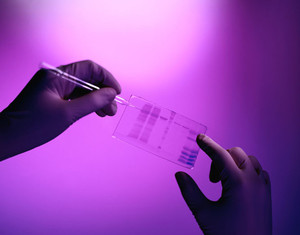Research and development of innovative medicines are becoming more challenging, with only 29 medicines with new chemical entities launched in 2006. The dwindling pipeline of new innovative medicines reduces the number of new chemical entities that can be developed when patents on innovative medicines expire in the future. Manufacturers of innovative medicines attempt to extend the period of patent protection by either launching a new dosage, a sustained-release version, a new indication, a single isomer version or a combination medicine. These strategies delay the market entry of generic medicines. As generic competition primarily takes place in the market for prescription medicines, some manufacturers of originator medicines have switched their medicines from prescription to over-the-counter status, e.g. simvastatin 10 mg in UK.
- Home
-
Generics
News
- FDA approves generic teriparatide and levetiracetam
- US generics launch and approval for Dr Reddy’s and Lupin
- Five Chinese companies join UN’s MPP for Covid-19 medicines
- South Korean companies to make generic Bridion and COVID-19 drugs
Research
- Japan’s drug shortage crisis: challenges and policy solutions
- Saudi FDA drug approvals and GMP inspections: trend analysis
- Generic medications in the Lebanese community: understanding and public perception
- Community pharmacists’ understanding of generic and biosimilar drugs: Lebanon case study
-
Biosimilars
News
- FDA approves aflibercept biosimilar Eydenzelt and label expansion for adalimumab biosimilar Yuflyma
- ANVISA approves biosimilars for denosumab, trastuzumab, and aflibercept
- Biosimilars referencing Amgen’s Neulasta and Neupogen launch in Canada and US
- EMA recommends approval for nine biosimilars
- MORE EDITORIAL SECTIONS
- Search








 1
1











Post your comment